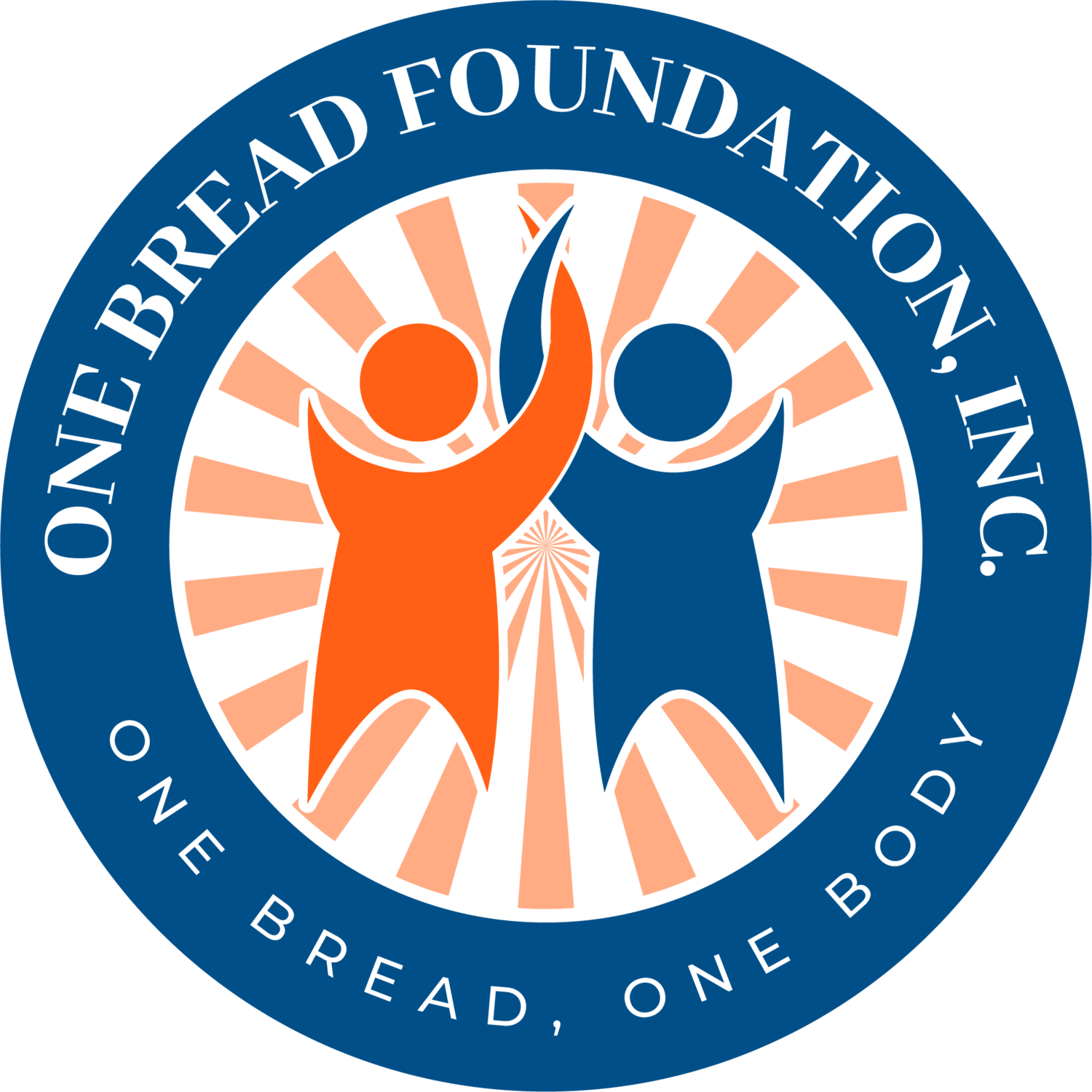By Constance Thum, Senior Contirbuting Writer
Cults generally refer to a relatively small group led by a charismatic leader who engages in deviant and anti-social practices. In popular culture, cults such as the Manson family and the Children of God have been infamous for their violent, exploitative, abusive, and predatory behaviour, targeting vulnerable people in particular. While it is difficult to estimate the number of people trafficked globally and those with ties to cults, this has not prevented academics and institutions from studying the factors that make people vulnerable to cults and trafficking.
According to the International Cultic Studies Association (ICSA), psychological stresses such as periods of transition in life, be it school, work, or middle age, can lead to feelings of vulnerability and desires to escape in individuals. Consequently, they may be more likely to join cults who promise ways to solve their problems or alleviate their suffering. This is especially true for individuals with a history of trauma or psychological disturbance. Other psychological needs like finding answers to universal questions can prompt individuals to join cults that profess spiritual knowledge and/or powers. Vulnerable individuals may then be sexually exploited, abused, and/or trafficked by other cult members or figures of authority once they join cults. This was the case for fundamentalist sect leader Warren Jeffs, convicted in 2011 for sexually assaulting two young girls to whom he was illegally married, and for Keith Raniere who used his self-help group Nxivm to blackmail young women into entering inappropriate relationships with him. When interviewed by Reuters, Eric Nichols who had prosecuted Jeffs noted that “the insidious parts of these cults or groups is that you can get individuals involved who try to use those religious principles and beliefs and turn them to gratify themselves”. As the Reuters article notes, the intersection between cults and sex trafficking lie in the imbalanced power dynamics between women and church-appointed men whereby sexual relationships are often arranged without female victims’ consent or through coercive measures.
Addressing the problematic ties between cults and trafficking requires protecting vulnerable individuals from entering potentially dangerous situations. Cults often use tactics of isolating victims and removing other sources of influence like family and friends by restricting contact or through threats and even non-disclosure agreements. Raising awareness of cults and trafficking among communities is thus important in helping people protect their loved ones and spot red flags early on. Accessibility to counselling and support groups is also key for individuals with psychological needs to seek help, which would reduce their risk of joining cults and falling prey to traffickers. It is equally important to help victims of cults and trafficking to heal. Victim-blaming is rarely helpful and more likely to be harmful. Education, again, can help professionals and, more importantly, the public to understand that cults and trafficking can affect the general population, not just those who are psychologically vulnerable. According to the ICSA, clinicians’ invalidation of victims’ concerns about self-disclosure may also be a barrier to treatment. It is thus critical for professionals to listen to victims’ experiences to prevent them from feeling even more alone and misunderstood. Ultimately, helping victims of cults and trafficking is not an easy task for family members, friends, and professionals. It requires consistent and continuous patience, persistence, and kindness. But, it is a worthwhile cause if we remember that all individuals have the right to safety and liberty.
If you would like to know more about One Bread and our mission, please subscribe to our website and share this cause with your friends and family. You may also consider donating to One Bread Foundation if you are interested in playing a crucial part in the rehabilitation of sex trafficking victims.
References
In New York Sex Cult Trial, Leader’s Tactics Echo Those of Other Cults
